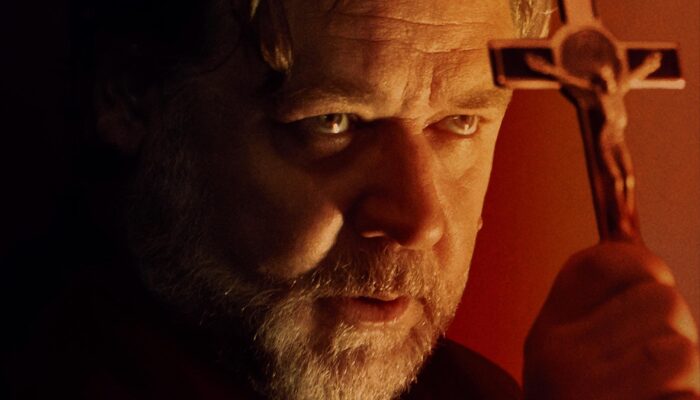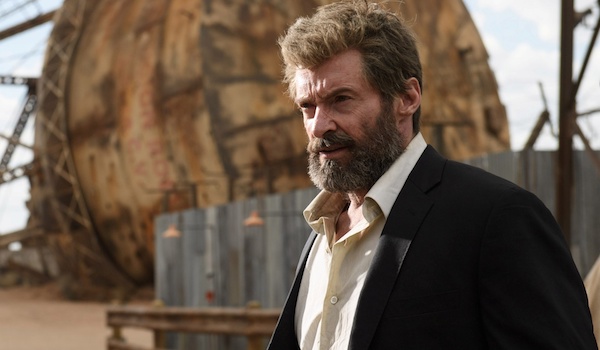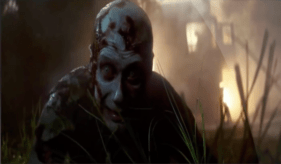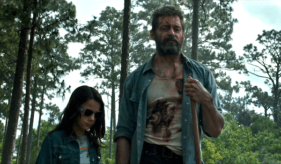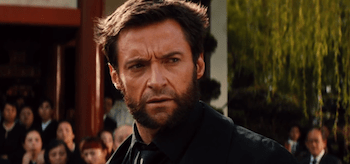Film Review: LOGAN (2017): The Finest Wolverine & Second Best X-Men Movie-to-date
Logan Review
Logan (2017) Film Review, a movie directed by James Mangold, and starring Hugh Jackman, Patrick Stewart, Richard E. Grant, Boyd Holbrook, Stephen Merchant, Dafne Keen, Sienna Novikov, Elizabeth Rodriguez, Dave Davis, Eriq La Salle, Julia Holt, Lauren Gros, Elise Neal, Juan Gaspard, and Jaden Francis.
Logan was the best stand-alone Wolverine film-to-date and the second best X-Men film-to-date (behind X-Men 2). Wolverine fans had to wait through numerous PG-13 X-Men film outings and two horrific Wolverine films to get to Logan.
The aforementioned films were the heavy, carry-on luggage that the viewer brought with them into Logan. By the time Logan ended, not only was that luggage discarded, their deleterious memory was seen as a necessity. It took those films, those ups and downs, to create a Wolverine film that finally got it right.
Logan was the most grounded superhero film to be released in years, possibly since Batman Begins.
Logan was an X-Men film unlike any other X-Men film. It continued the James “Logan” Howlett / Wolverine (Hugh Jackman) storyline from the previous X-Men films but there were no distracting explosions or CGI non-sense within the film. Logan was a different type of comic book film. It was an intimate character piece, full of heart, brutal combat, well-written and acted revelations, and substance.
The heart and soul of the film was Wolverine and Charles Xavier (Patrick Stewart)’s relationship and the old gunslinger motif from Westerns. There was a role reversal in Logan between Wolverine and Xavier. Instead of Charles protecting, housing, and feeding Wolverine, Wolverine did all of those things and then some for Charles e.g. Wolverine placing Charles on a toilet so he could excrete. Wolverine was Charles’ dutiful caretaker but unlike a disinterested, paid nurse, Wolverine deeply cared for Charles. Charles was the sole remaining remnant of the happiest time in Wolverine’s life. Charles was also Wolverine’s mentor and closest friend. Both characters oozed that relationship in Logan.
That relationship was exemplified when Charles turned Wolverine’s head toward him and told Wolverine that he was such a disappointment. The two of them had been on a long journey together, a journey that was coming to its end. The time for lies was over.
In keeping with the old gunslinger motif found in Westerns, the Wolverine in Logan was long past his prime years. By the time period in the film (2029), Wolverine was over a hundred years old. He was suffering from multiple signs of his advanced age (dull eye sight, healing factor shutting down, etc.), including an undisclosed ailment that may have been slowly killing him.
All of those ingredients gave texture and substance to “the old” Wolverine that the viewer was seeing. It made him human, relate-able, and real. Also humanizing was Wolverine’s desires to ride off into the sunset with Charles (and possibly Caliban – played by Stephen Merchant) and escape the current world and their fates within it.
The world of this western was recognizable to the viewer, even-though it was 2029. Logan contained the familiar e.g. mutants were being hunted and the unfamiliar e.g. automated semi-trucks and human robo-enhancements. All of these elements were part of a cohesive narrative where the former dominated while the latter added to the background tapestry. The world on display in Logan was slowly turned, like a miniature globe in the hand, so the viewer could see its minute details. The live-action Ghost in the Shell film tried to do this but it came off artificial, digital, and fake. In Ghost in the Shell, the camera would at times, and to its detriment, only show the viewer the CGI environment. In Logan, it was character and narrative first, environment second i.e. the environment was there but someone was talking or something was happening within that environment.
One of the most interesting parts of Logan‘s environment, one of the film’s greatest narrative accomplishments, was that mutants were all but extinct thanks anti-mutant drugs placed into humanity’s water and food supply. Like in Deadwood and Children of Men, this was spoken of as if common knowledge (by those in the know) in Logan before its architect, and his latest Weapon-X experiments, became key factors in the film.
The most interesting background element in Logan was how the original X-Men team had died and how the world saw Charles Xavier. It was a wonderful character moment in Logan when the sorrow bubbled to the surface of Xavier and he spoke of that terrible event to the one person, the one former student, that was still by his side. Wolverine must have told Xavier that it wasn’t his fault hundreds of times but the pain of that day still weighed on Charles. It was a moment of narrative revelation and of lost loved ones, something that only Wolverine could truly understand. It was unfortunate that Wolverine was not there and was not listening to Charles’ greatest regret. Wolverine dopplganger X-24 (Hugh Jackman), who was the biggest surprise of the film, had been standing there instead.
Brutal, feral, rage-filled X-24 killed Xavier in such a soft way that it could have only been at the behest of Dr. Zander Rice (Richard E. Grant). Both had been aided in achieving Xavier’s death by one-time ally Caliban. Caliban’s betrayal of Xavier was a moral one – Charles Xavier’s mind had degraded into a bio-weapon of uncontrollable power. By helping to kill Charles, Caliban saw it as preventing multiple future deaths from happening, including his own. Of all of the “bad” guys in Logan, Caliban was the only one that was morally conflicted. The other bad guys in Logan were one or two-dimensional at best (though Donald Pierce’s subtextual intro scene was highly-effective), standard for a comic book movie outside of a Nolan-helmed superhero film.
Also two-dimensional in Logan was Laura / X-23 (Dafne Keen). Through the majority of Logan, the viewer never got a sense of who X-23 was outside of her powers, what she had been through, and what had been done to her. It was only in the third act of Logan did bits of her personality emerge. Before that, X-23 was all quite intimidation e.g the cereal scene in the first act of Logan.
One of the lingering plot holes of X-23’s storyline in Logan was that it was never disclosed how or where she learned combat trade craft e.g. how to fight, how to evade detection in an urban setting, etc. Her AQ i.e. berserker rage, however, she was born with and it was unbridled throughout the film. Watching X-23 combat X-24 in the third act of Logan was one of the action highlights of the film (besides Wolverine fighting X-24).
Wolverine’s early rejection of X-23 and his eventual acceptance of his daughter and growing affection for her during his death, was Wolverine coming full circle as a human being and the end to his long and turbulent character arc.
The ending to Logan may have been the most poignant of any superhero film before it, exceeding the ending to Christopher Nolan‘s The Dark Knight. Ending Logan with words spoken by X-23, from a lauded and classic western film like George Stevens‘ Shane, was the perfect way to end Wolverine’s storyline. Wolverine was always a loner, a man that entered from the east and exited through the west. As the marker on his grave was adjusted to its proper position, the viewer was made aware of the path Wolverine had always been on. It was a path, at its end, where X – home, family, the X-Men – marked the spot.
Rating: 10/10
Leave your thoughts on this Logan review and the film below in the comments section. Readers seeking more film reviews can visit our Movie Review Page, our Movie Review Facebook Page, and our Movie Review Google+ Page. Want up-to-the-minute notifications? FilmBook staff members publish articles by Email, Twitter, Tumblr, Google+, and Facebook.
Related Articles
FilmBook's Newsletter
Subscribe to FilmBook’s Daily Newsletter for the latest news!



